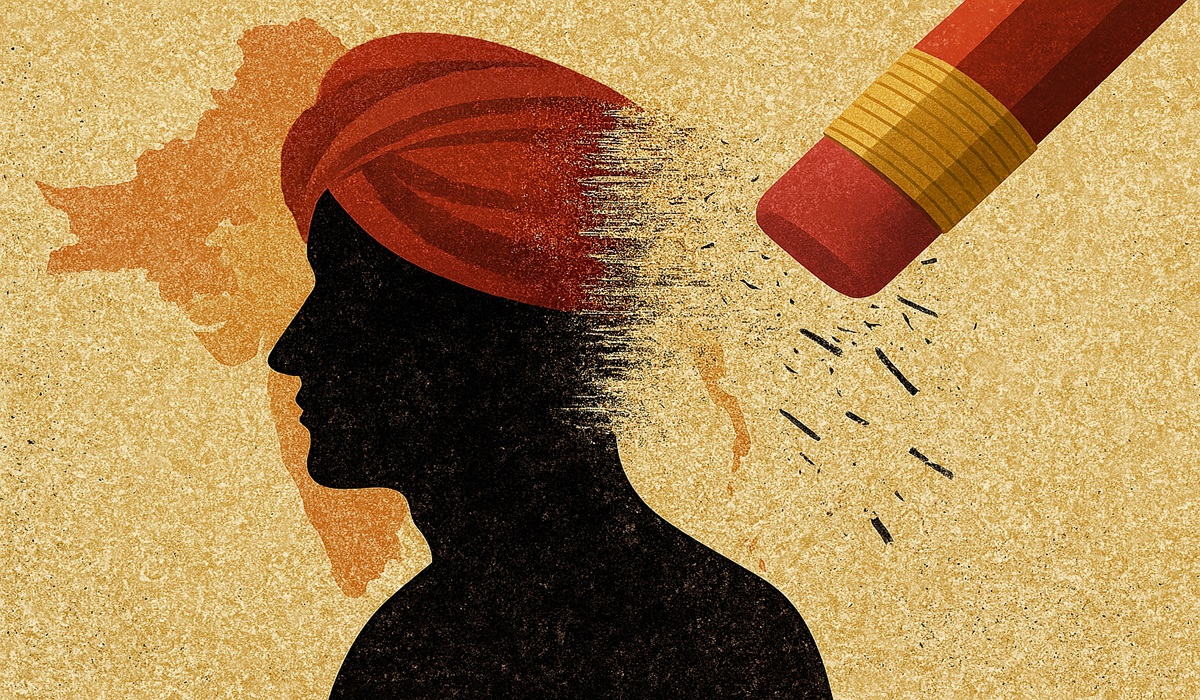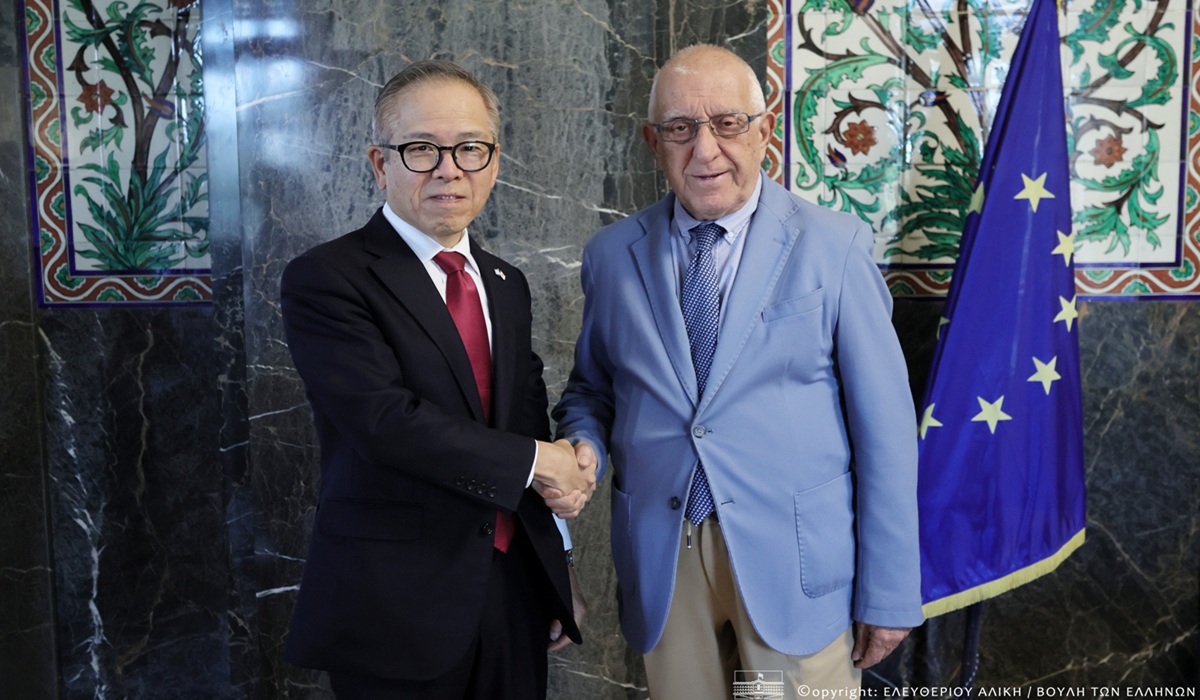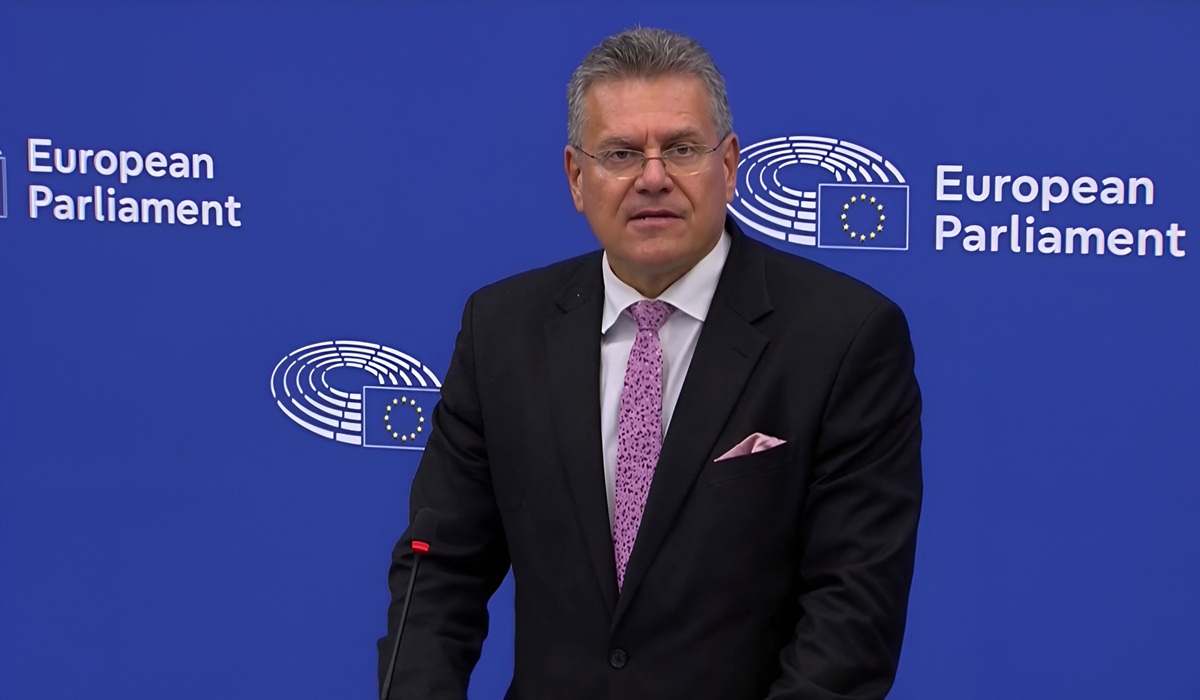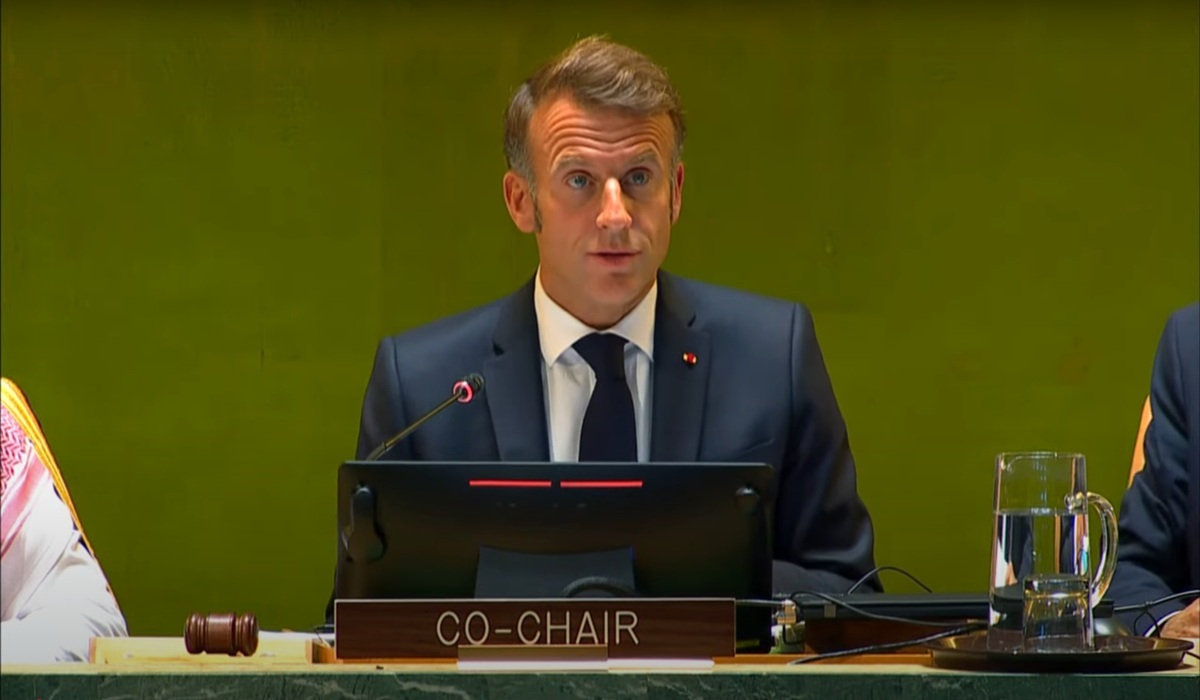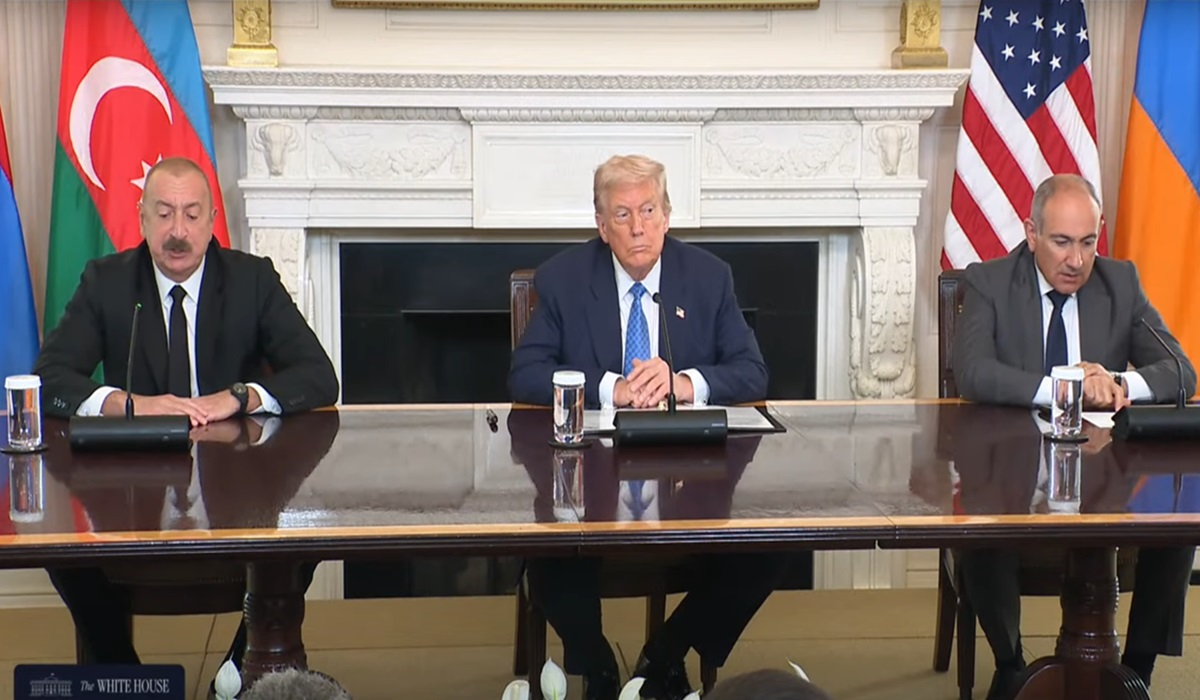For many Pakistanis, the narrative of Osama bin Laden is layered with contradiction, guilt, anger and strategic ambiguity. A “terrorist” whose elimination was welcomed, the story carries deeper discomfort: how could he have been sheltered, for so long, so close to power? And now—why do we confront the erasure not only of Osama the man but of the memory of him, the places, the shrines, the gardens, the hide-outs? Did the United States ask Pakistan to eliminate visible symbols of bin Laden’s presence—his garden in Kandahar or elsewhere—and if so, why?
The most cited symbol of Osama’s presence in Pakistan is his hide-out in Abbottabad, not Kandahar. In May 2011 U.S. Navy SEALs raided his compound in Abbottabad, Pakistan, near the country’s military academy. There is no credible open record of Pakistan launching an operation specifically to destroy a “garden of Osama in Kandahar”—in fact Kandahar is in Afghanistan, not Pakistan—so some of the framing is problematic. However, the broader idea holds: the destruction or removal of monuments, hide-outs, physical places associated with Osama might well be taking place, implicitly or explicitly.
From the Pakistani vantage point this raises two questions: (a) Did Pakistan itself take the initiative, perhaps seeking to clean-up after the embarrassment of Osama having been on its soil? (b) Was Pakistan directed or pressured by the U.S. or allied interests to wipe out or neutralise those symbols?
Pakistan’s intelligence and security institutions exhibited “astonishing incompetence, if not grave complicity” in harbouring bin Laden. In that light, cleaning up visible reminders (gardens, compounds, shrines) may appear as damage-control. On (b), there is less concrete evidence; we have no documented declassified directive from U.S. to Pakistan saying “erase all traces of bin Laden’s garden in Kandahar.” Nevertheless, the logic of destroying symbols of al-Qaeda’s figurehead is consistent with U.S. strategic interests and actions.
Osama bin Laden was the face of the Semester 11 terror attacks, and his death (and disposal) carried enormous symbolic weight. The U.S. government acknowledged that the killing of bin Laden was “symbolic” as much as operational. The logic of erasing or sanitising his memory—or at least controlling how it is remembered—proceeds from several motivations:
Denial of martyrdom or shrine culture: Terrorist movements often convert hide-outs, graves, memorials into sites of pilgrimage and inspiration. By erasing or controlling those sites (e.g., gardens, compounds, shrines), the U.S. disrupts the potential for Osama’s legacy to become a rallying symbol. In the Pakistani context, this matters because residual sympathy or ideological identification may persist among fringe groups.
Narrative control and legitimacy: The U.S. sought to present bin Laden’s killing as justice served, the end of a chapter, not a defeat or unresolved legacy. Indeed, U.S. commentary emphasised that al-Qaeda was “more than bin Laden” but that his death “ended a chapter.” If bin Laden’s physical remnants (garden, hide-out, memorabilia) remained, they could challenge the narrative of definitive resolution.
Pakistan-U.S. bilateral optics: Pakistan’s image in the U.S. and globally has been complicated by the Abbottabad raid, accusations of double-game, and militant sanctuary allegations. The U.S. interest in Pakistan not appearing as a passive or harbouring state may include encouraging Pakistan to erase visible legacies of Osama’s presence. That erasure in turn helps the U.S. maintain that Pakistan is a partner in the ‘war on terror’, rather than a haven.
For Pakistan, this situation has bitter ironies. On the one hand, Pakistani military and security forces fought significant battles and paid heavy costs in the war on terror; on the other hand, the discovery of bin Laden in Abbottabad less than two hours’ drive from Islamabad was a humiliation. And yet Pakistan’s government and people find themselves drawn into debates about erasing symbols: is it Pakistan doing its own house-cleaning, or is it being asked by the United States?
Did we leave intact sites associated with Osama to become pilgrimage spots? Should we preserve them for historical record and justice? Or should they be destroyed to avoid giving them continued symbolic power? And importantly: to what degree was Pakistan allowed to act autonomously in doing so versus acting under U.S. impetus?
One can argue that Pakistan’s security establishment, embarrassed by bin Laden’s presence and the global fallout, had motive to dismantle physical reminders gardens, hide-outs itself. Simultaneously, given that U.S. intelligence and military interests were deeply involved including cooperation and later friction in bin Laden’s killing and its aftermath, there would have been U.S. interest in ensuring no fallback narrative emerged that glorifies him.
The invocation of a “garden of Osama in Kandahar” may stem from broader stories of al-Qaeda training camps and compounds for example, Tarnak Farms near Kandahar in Afghanistan, used by al-Qaeda from 1998. But it is not a formally documented case from Pakistan’s territory. From the Pakistani vantage point the mis-location may itself underscore how memories of Osama blur into myth, and this confusion is exactly part of the problem the U.S. hence wants wiped or clarified.
If Pakistan were to “attack” or dismantle a garden or compound associated with bin Laden or al-Qaeda in Kandahar region, that would fall under Afghan territory and foreign policy realm; Pakistan would be a spectator at best. But symbolically, for Pakistani readers the phrase can function as shorthand: “did Pakistan attack the physical legacy of Osama under U.S. pressure?” The answer: partially yes. Pakistan has been compelled to demonstrate its counter-terror credentials; the U.S. has encouraged sanitising of sites that could become symbols of jihadist memory; and Pakistan’s own interest in removing embarrassment plays a role.
From Pakistan’s vantage, this entire issue reveals several lessons and dangers:
Legitimacy and narrative control: Pakistan must carefully handle how Osama bin Laden is spoken of, how the sites associated with him are treated. Does erasing them mean erasing history, or failing to confront the past? Does preserving them risk glorification?
If Pakistan acts simply at U.S. behest to destroy symbols, it may feel its sovereignty is undermined. If Pakistan acts independently, it must still account to its own society, which may question: why remove this site? Who benefits? Is history being rewritten?
Symbolic warfare: The U.S.’s desire to vanish every memory of Osama shows that warfare is not just kinetic but memorial—controlling memory, symbols, shrines, narratives is part of the fight. For Pakistan, as a frontline state in the war on terror, the challenge is to navigate the removal of extremist symbols while preserving historical truth and not ceding narrative control wholly to external powers.
There is a clear alignment of interests: the U.S. has a strong incentive to remove or neutralise symbolic sites tied to bin Laden; Pakistan has both motive and pressure to show it is serious about counter-terrorism, which may mean dismantling or sanitising such sites. The disappearance of these symbols raises deeper questions for Pakistan: about its agency, its memory, and its narrative of this chapter of history. The United States, having once had a more ambiguous relationship with bin Laden during the Soviet-Afghan period, now presents him as a repudiated icon—one whose memory must be suppressed lest it reignite or legitimize renewed jihadist ideologies.
For Pakistanis, therefore, this is not just about “attacking a garden” but about which stories we allow to remain, and who gets to write them: the state, the military, external powers, or society at large.

